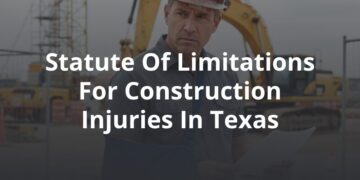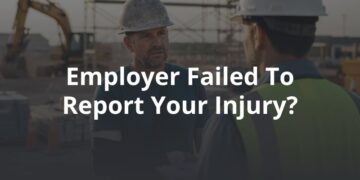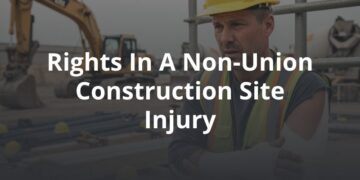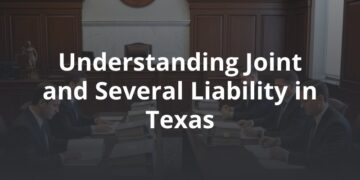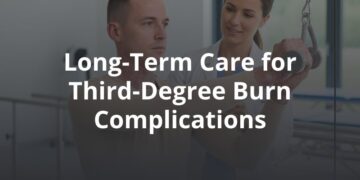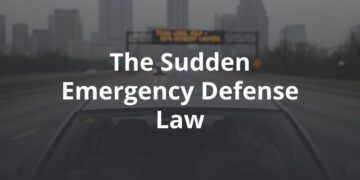Electric scooters have taken over America’s cities, and in many cases, they’re causing more problems than they solve. Instead of merely offering a convenient and energy-efficient way to get around town, scooters are causing accidents, sending riders to the ER, and generally wreaking havoc on the roads.
And while scooters are loved by some, there’s a new danger presented by e-scooters: electric scooter “juicing.” Juicing refers to the practice of re-charging scooters. Scooter providers like Bird and Lime Bike pay a fleet of independent contractors to pick up depleted scooters, charge them, and drop them off at designated sites. It works a lot like driving for Uber: so-called “juicers” use an app to locate and select scooters for pickup, and then they are paid after drop off.
As you might imagine, there is little oversight over the individuals who sign up to charge scooters. Juicers may add to the chaos on busy roads when they stop to charge or improperly transport scooters. In fact, an Austin resident recently sustained considerable damage to his car when a scooter fell off a juicer’s truck and hit his vehicle. Fortunately, no one was hurt in the accident. However, incidents like this show just how dangerous the practice of juicing really is.
At FVF Law, we looked into this new public hazard to better understand how we can help clients injured by scooters. Here’s what we found out.
The Dangers of Scooter Juicing
A decentralized workforce is a big part of the juicing system, yet this structure leaves other drivers vulnerable. With no one supervising juicers — and little training available — the potential for accidents increases. More specifically, here are a few of the hazards presented by the juicing system.
- Vehicles stopped in the middle of busy roads. Scooters are typically used in busy, congested areas, such as downtown districts. Juicers who stop to collect dead scooters may park improperly or even stop in the middle of traffic in order to pick up vehicles.
- Improperly secured scooters. As the Austin incident highlights, scooters can easily fall out of juicers’ vehicles. Juicers may not be trained to properly secure the vehicles, and they aren’t offered any supervision to ensure that they follow best practices for safety.
- Driving conditions. Many scooter companies will not release vehicles for charging until after 9:00 p.m. This means that the majority of juicer pickups occur at night, when visibility is poor, increasing the likelihood of accidents. Drivers are also expected to turn scooters back in by 7:00 a.m., which means they may be transporting vehicles in rush hour traffic, when the chances of an accident are higher.
- Distracted driving. Juicers say that one of the major hazards of the job is reserving scooters for pickup through their phone app while driving. The juicing structure essentially encourages drivers to engage in distracted driving. Not only is this behavior illegal, it’s incredibly dangerous. Juicers distracted by their phones could easily cause a serious accident.
- Improperly docked scooters. Scooter companies do provide detailed guidelines on where and how juicers must park scooters. However, it’s not unthinkable that a novice or simply negligent juicer could leave scooters on the road, in parking spots, or in the middle of sidewalks, where they may pose a hazard to pedestrians, cyclists, and drivers.
- Reckless driving. While some scooter companies have begun allowing juicers to “reserve” vehicles for pickup, historically, drivers have competed with one another to be the first to reach scooters in need of charging. One juicer even compared it to Pokémon Go. This model gives juicers reason to rush to the next destination, potentially encouraging them to speed, ignore stop signs, and participate in other accident-causing behaviors.
Scooter Providers Need to Take Road Safety More Seriously
Scooter companies like Lime and Bird are at least partially to blame for scooter safety issues. These businesses have been less than enthusiastic about stricter safety regulations — in some cases, actively lobbying against laws designed to protect riders and others using streets and sidewalks. For instance, Bird sponsored a bill that repealed helmet requirements for scooter users in California.
A class-action lawsuit was recently filed in Los Angeles County Superior Court over the poor safety practices of scooter providers like Lime and Bird, accusing the two companies of “gross negligence.” The plaintiffs in that suit include several pedestrians who were hurt after scooter riders crashed into them, and alleges that scooter companies acted negligently when they introduced vehicles into cities without proper safety guidelines and infrastructure. The lawsuit further charges scooter companies with improper maintenance of their vehicles, leading to accidents and injuries.
At FVF Law, we stand with those urging scooter companies to implement better safety practices. Scooter providers like Lime and Bird urgently need to address the public safety issues presented by their vehicles. They must do a better job protecting riders and monitoring employees to keep scooter users, pedestrians and drivers — as well as juicers — protected from accidents.
If you have been involved in a scooter accident, it would be wise to take some time to learn about your rights and options so you can make informed decisions. Reach out today for a free case evaluation so you can better understand whether the law might allow you compensation for your harms and losses.
